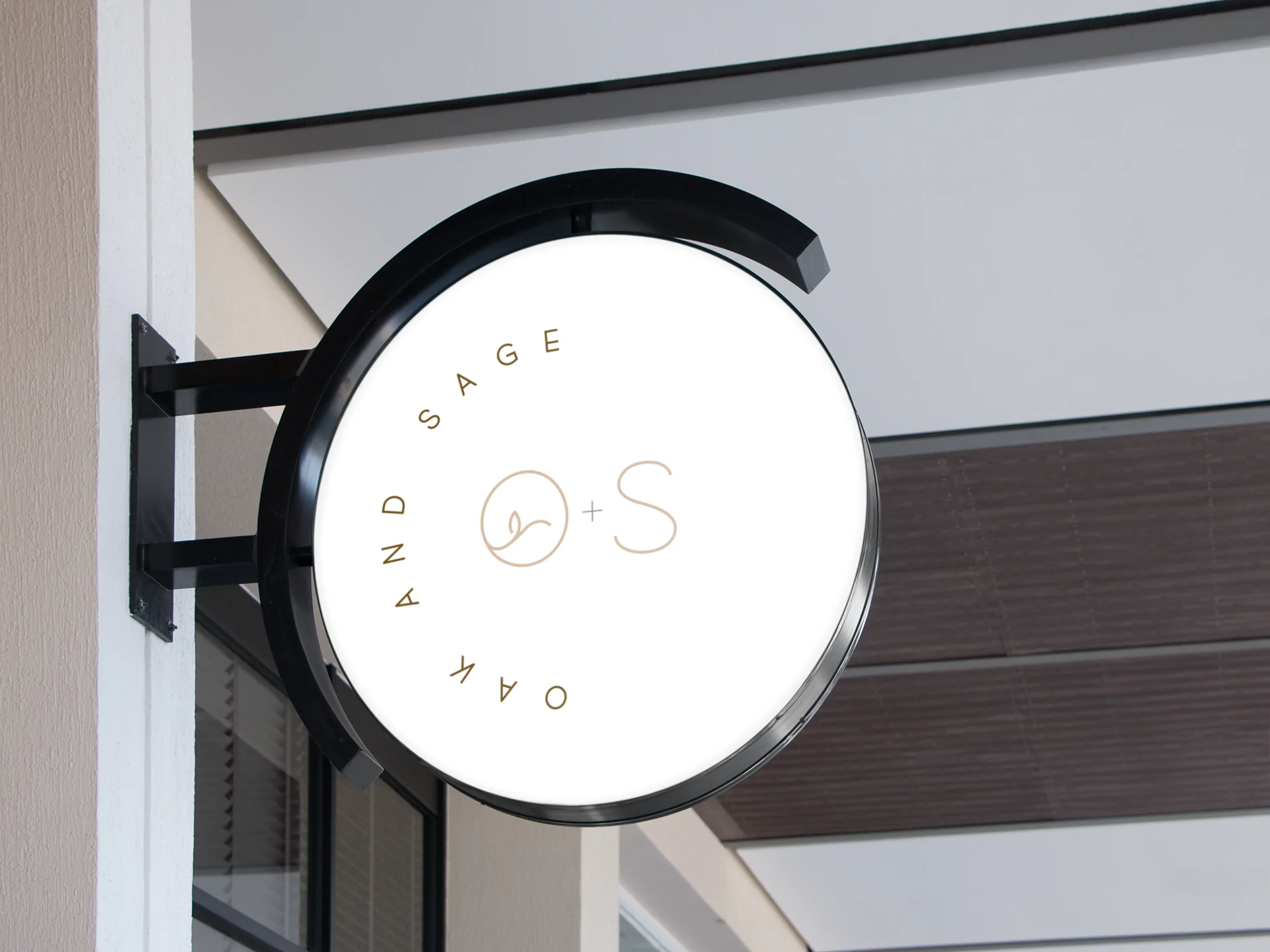At luv + luxe, we create stunning branding and logos that help your business stand out. From a single logo to a full luxe experience with business cards and websites, each package is designed to showcase your unique vision and attract your ideal clients.
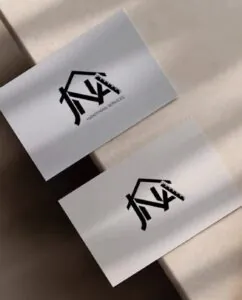
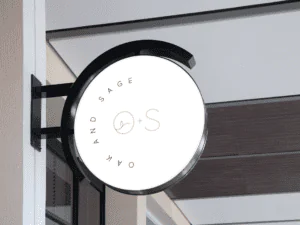

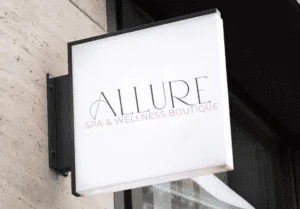
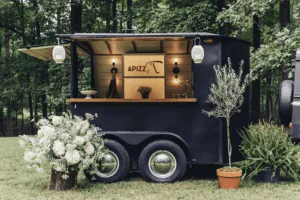
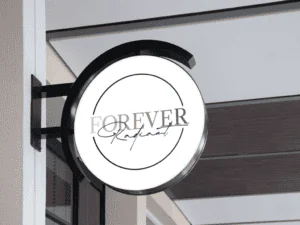
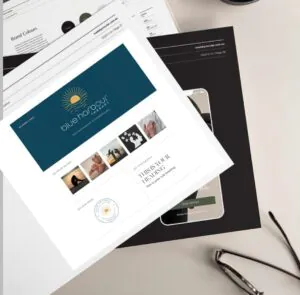

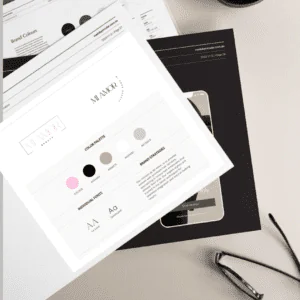


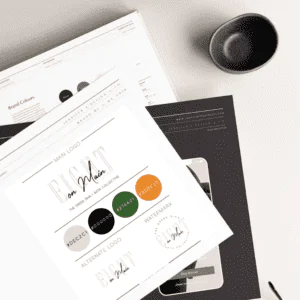
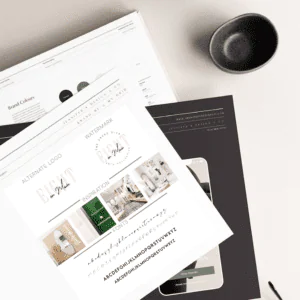
Crafted with intention. Designed for Growth.
Explore Our Packages
Investment 569
Branding Essentials
- Branding Questionnaire
- Unlimited Email Support
- Main Logo Design
- Alternate Logo
- Watermark / Submark
- 3 Design Concepts + 1 Hour of Revisions
- Editable Business Card Design
- Final Files: PNG, JPEG, PDF
Investment 819
Luxury. Impact. Lasting impressions.
- Branding Questionnaire
- Unlimited Email Support
- Main Logo Design
- Alternate Logo
- Watermark / Submark
- 5–7 Design Concepts + 3 Hours of Revisions
- Full Brand Guidelines (Fonts, Colours, Logo Usage, Mission)
- Custom Email Signature
- 500 Premium Printed Business Cards
- Final Files: PNG, JPEG, PDF & SVG
Investment 475
A clean, cohesive logo set designed to give your brand a elevated, professional look.Main Logo, Alternate Logo & Watermark
- Main Logo, Alternate Logo & Watermark
- Up to 2 Colour Variations
- Final Files: PNG, JPEG & PDF
- 5 Design Options + 2 Hours of Revisions
- Additional Revisions: $85 per hour
Investment 375
A focused, professional main logo design to elevate your brand’s identity.
- Main Logo Design Only
- Up to 2 Colour Variations
- Final Files: PNG, JPEG & PDF
- 3 Design Options + 1 Hour of Revisions
- Additional Revisions: $85 per hour
Explore Our Latest Launches and Meet the Visionaries Behind the Brands
Questions?
We have all been there, desperately trying to squish our logos into profile images, business cards, and various marketing materials. Your primary logo may be wonderful, but if it isn’t flexible, then you may be damaging your brand identity.
A squished, blurry logo does not communicate the right message. To build a strong brand, you must have a brand identity that translates well online, in print, and on merchandise. It is rare that one logo style can meet all your needs, so we highly recommend a logo suite as opposed to just a logo.
PNG, PDF, JPEG, and vector files are different file formats commonly used for logos. Here's a brief explanation of each format:
1. PNG (Portable Network Graphics): PNG is a lossless image format that supports transparency. It is ideal for logos with complex shapes or transparent backgrounds. PNG files are widely supported and can be used across different digital platforms.
2. PDF (Portable Document Format): PDF is a versatile file format that preserves the visual integrity of a document across different devices and platforms. It is not specifically designed for logos but can be used to store high-quality logo images. PDF files can be easily resized without losing quality.
3. JPEG (Joint Photographic Experts Group): JPEG is a compressed image format commonly used for photographs and web graphics. It uses lossy compression, meaning it sacrifices some image quality to reduce file size. While JPEG is not the best choice for logos with sharp edges or areas of solid color, it is widely supported and suitable for web use.
4. Vector Files: Vector files are created using vector graphics software and consist of mathematical formulas that define shapes and lines. Unlike raster images (such as PNG, PDF, and JPEG), vector files are resolution-independent. This means they can be scaled to any size without losing quality. Common vector formats for logos are AI (Adobe Illustrator), EPS (Encapsulated PostScript), and SVG (Scalable Vector Graphics).
In summary, PNG is suitable for logos with transparency, PDF is versatile for various purposes, JPEG is more suitable for photographs, and vector files are ideal for logos requiring scalability without losing quality. The choice of format depends on the intended use and requirements of your logo.
YES! There is an option to upgrade your quantity at time of booking, to re-order just send a us a message we will also give you your business card design to print wherever you please.
A brand mood board is a visual representation of a brand's desired look, feel, and overall aesthetic. It is a collection of images, colors, typography, textures, and other visual elements that help define the brand's personality and evoke the desired emotions or associations.
A brand mood board serves as a source of inspiration and guidance during the brand development process. It helps align the brand's visual identity with its values, target audience, and overall brand strategy. By curating a mood board, brands can visually communicate the desired tone, style, and atmosphere they want to convey to their customers.
The mood board can include images, photographs, color palettes, typography samples, textures, patterns, and other visual elements that capture the essence of the brand. It can be created using physical boards with cutouts or digitally using tools like Pinterest, Canva, or Adobe Creative Suite.
Overall, a brand mood board acts as a visual reference that guides designers, marketers, and other stakeholders in creating consistent and cohesive brand visuals across various touchpoints and communication channels.
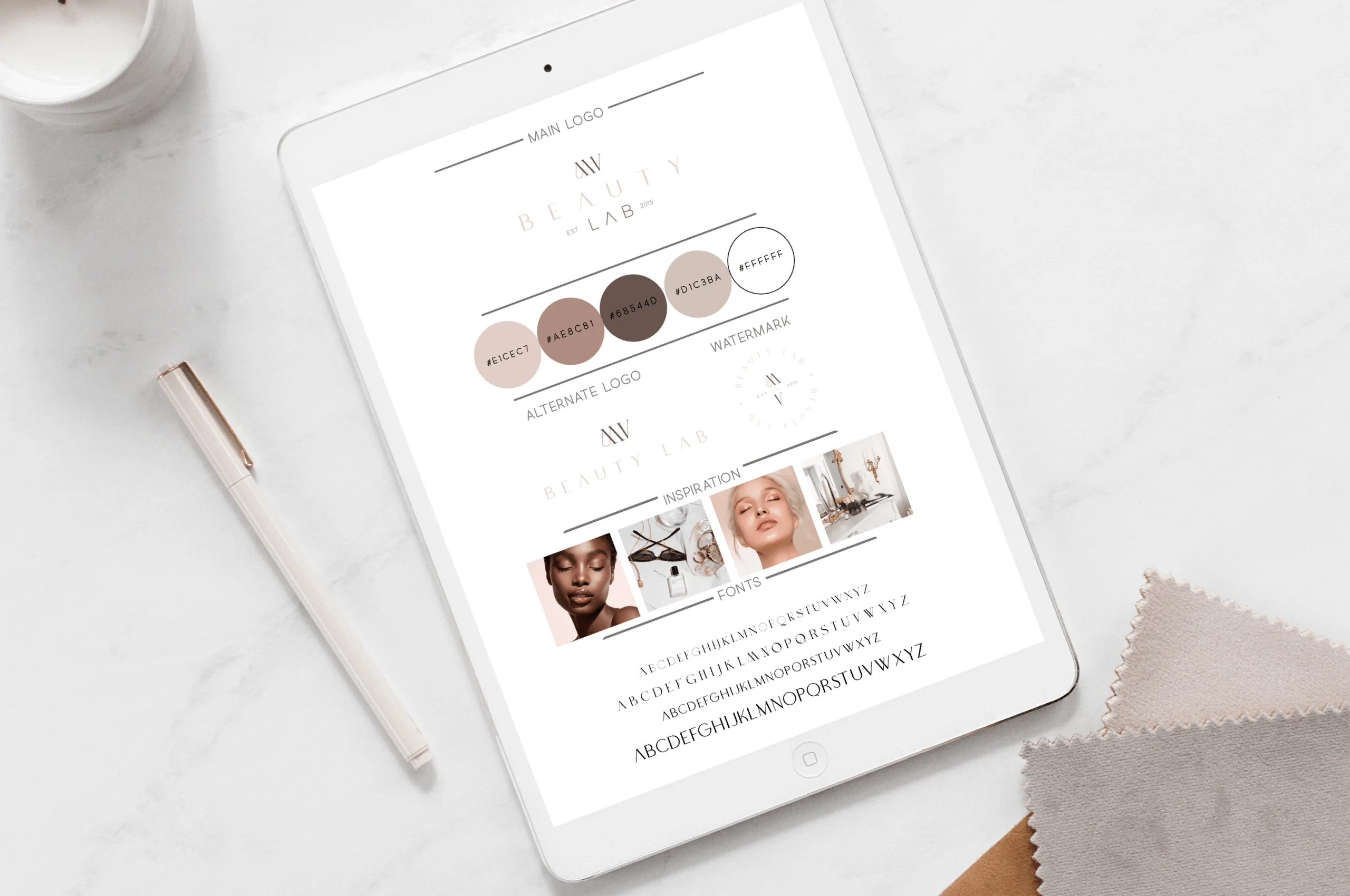
Benefits Of A Strong Brand:

Differentiation:
A solid branding foundation helps your business stand out from the competition. It allows you to highlight your unique selling points, values, and personality, making it easier for customers to choose your brand over others.
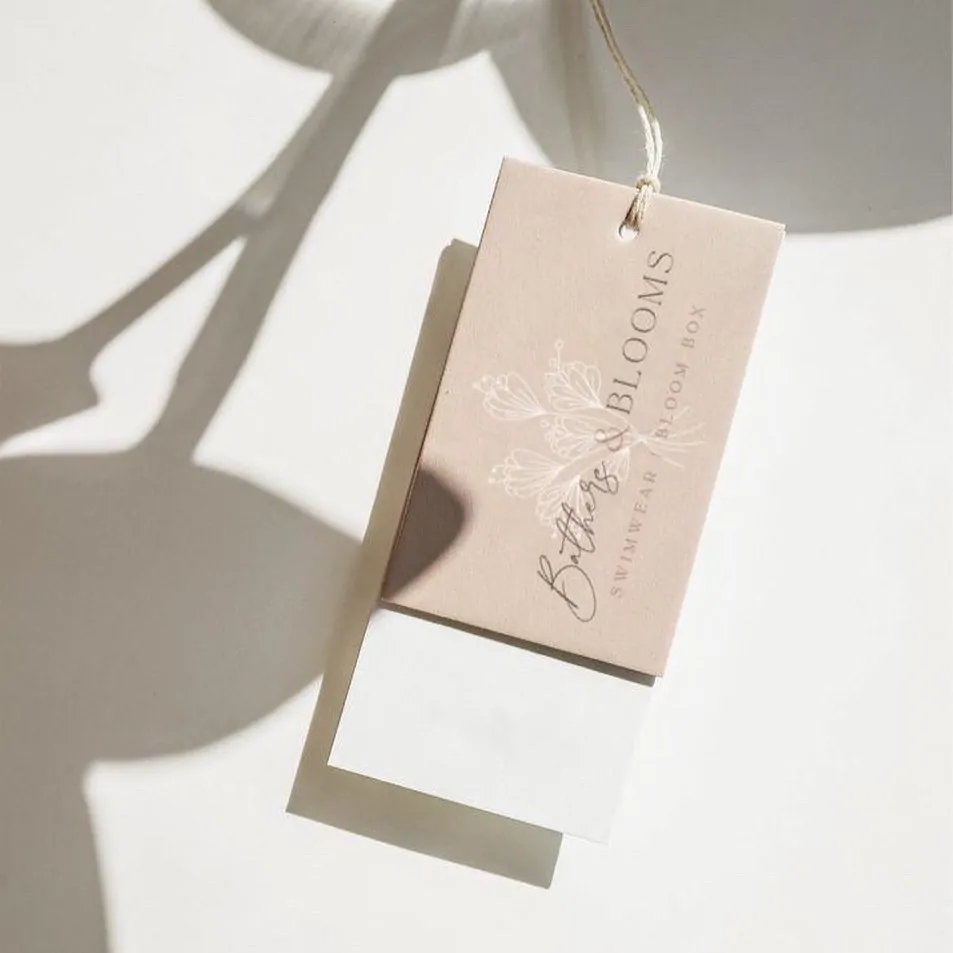
Premium Pricing:
A well-established brand can command premium pricing. When customers perceive your brand as valuable, trustworthy, and unique, they are often willing to pay a higher price for your products or services compared to generic alternatives.
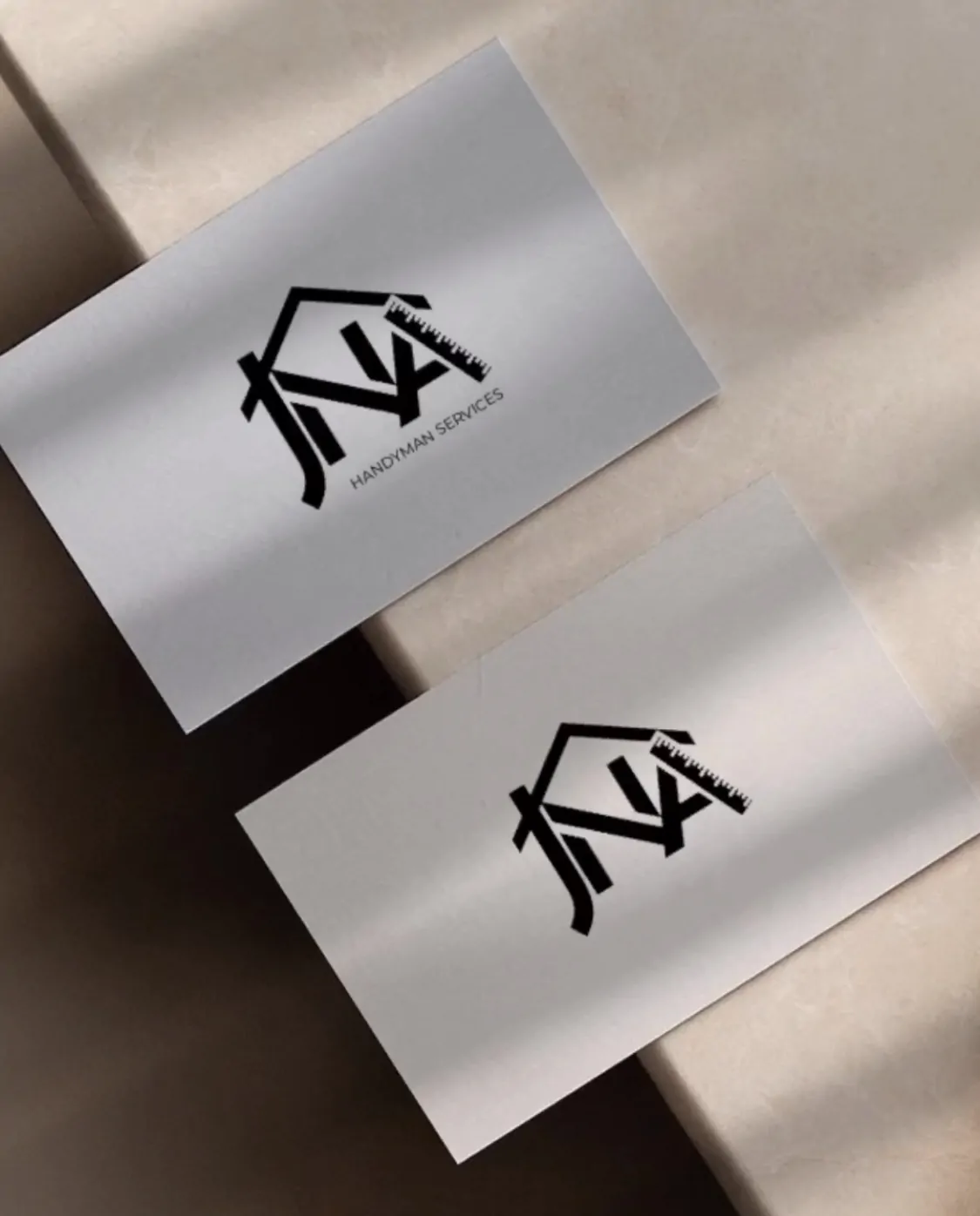
Consistency & Cohesion:
A branding foundation provides guidelines for consistent visual and verbal communication across all touchpoints. This ensures that your brand's message, tone, and visuals are coherent, creating a unified customer experience that builds trust and reinforces your brand identity.
